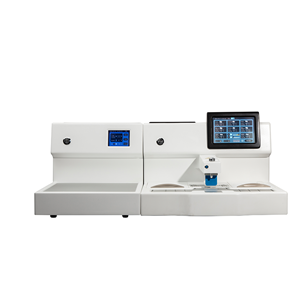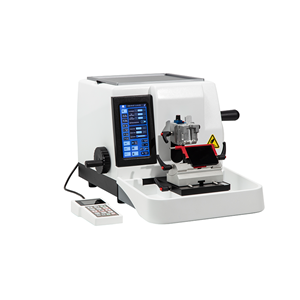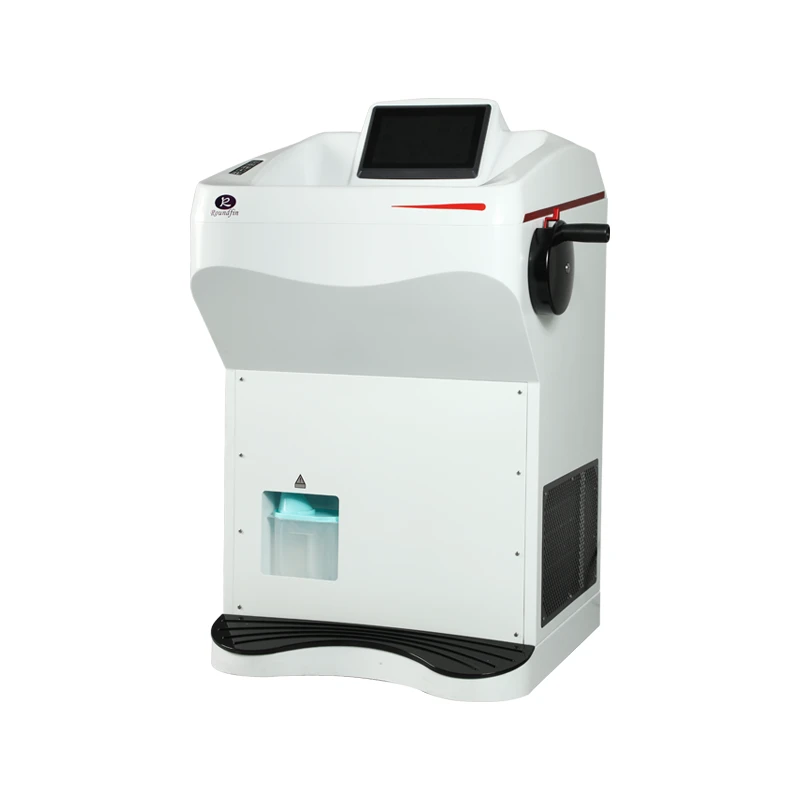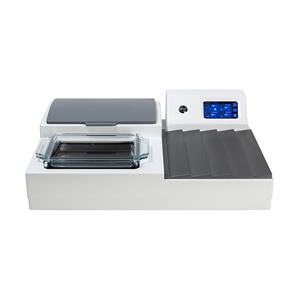Problems Encountered When Using a Pathology Microtome and Their Solutions
Problems Encountered When Using a Pathology Microtome and Their Solutions
A pathology microtome, a tool used to cut extremely thin slices of tissue for microscopic examination, is an essential instrument in the field of histology. However, like any other piece of equipment, it can present challenges. This article will discuss some common problems encountered when using a pathology microtome and propose practical solutions.
1. **Inconsistent Section Thickness:** This is a common issue that can affect the quality of the tissue sections. It can be caused by a dull or damaged blade, improper blade angle, or issues with the specimen itself. To resolve this, ensure the blade is sharp and properly aligned. Regular maintenance and cleaning of the microtome can also prevent this issue. If the problem persists, consider the tissue preparation process, as it might be the source of the problem.
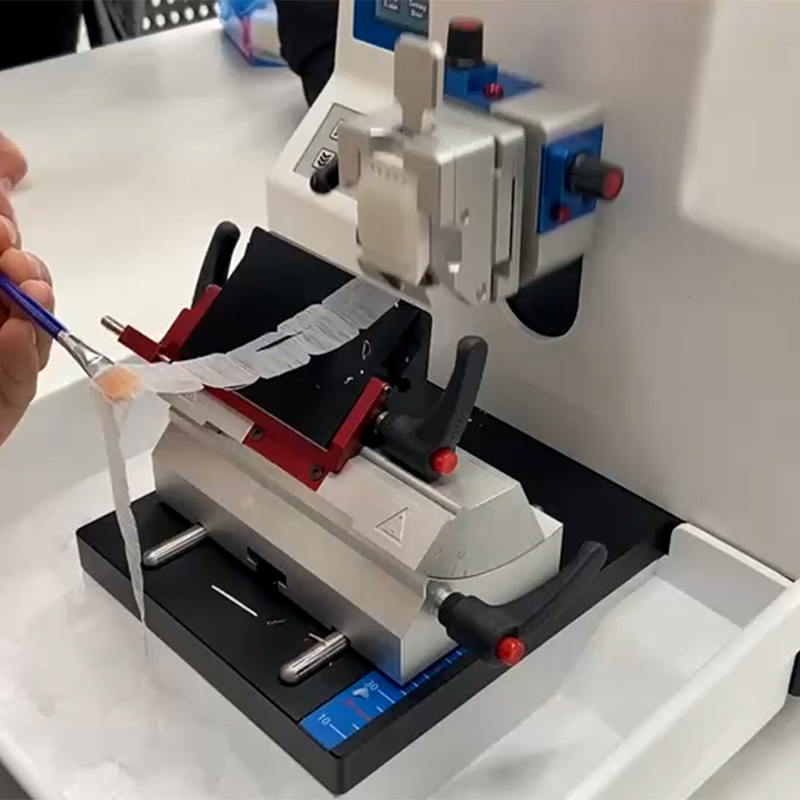
2. **Tissue Compression:** This problem often occurs when the blade is dull or the cutting speed is too fast. To solve this, replace or sharpen the blade and adjust the cutting speed. Also, ensure the tissue is properly fixed and embedded.
3. **Tissue Wrinkling or Folding:** This can be due to the blade being too dull or the section floating on the water bath at an incorrect angle. To fix this, ensure the blade is sharp and the tissue section is floated correctly on the water bath.

4. **Tissue Chattering:** This refers to the creation of ridges on the tissue section, often caused by a loose or vibrating blade. To resolve this, ensure the blade holder is tightly secured and the blade is not vibrating during the cutting process.
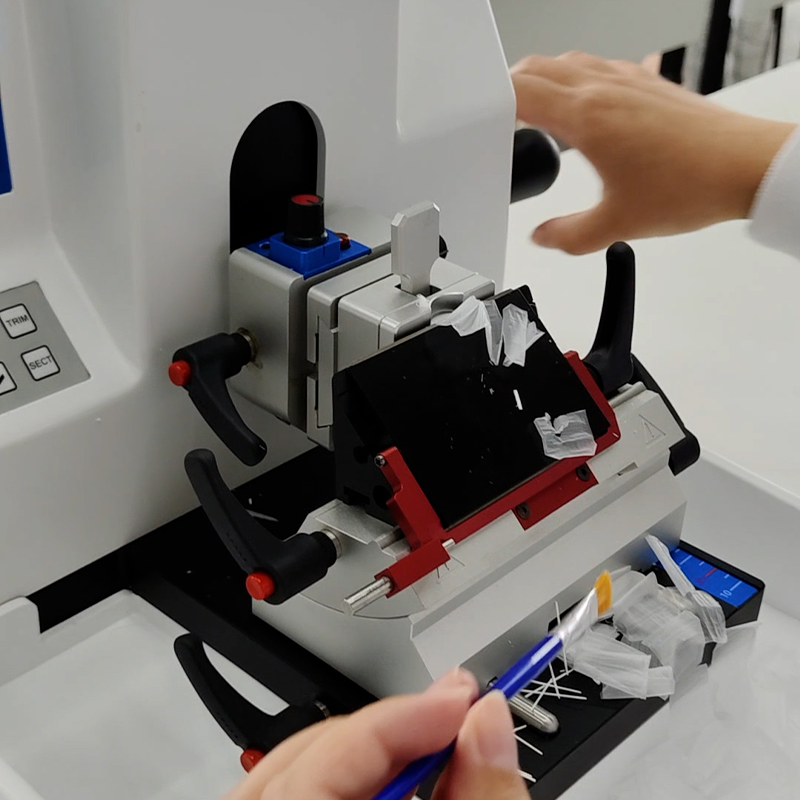
5. **Difficulty in Advancing the Specimen:** This could be due to a mechanical issue with the microtome. Regular maintenance and lubrication can prevent this problem. If the issue persists, it may be necessary to have the microtome serviced by a professional.
In conclusion, while using a pathology microtome can present challenges, understanding these common problems and their solutions can greatly improve the quality of the tissue sections and the overall efficiency of the histological process. Regular maintenance, proper handling, and understanding of the equipment are key to overcoming these challenges.

